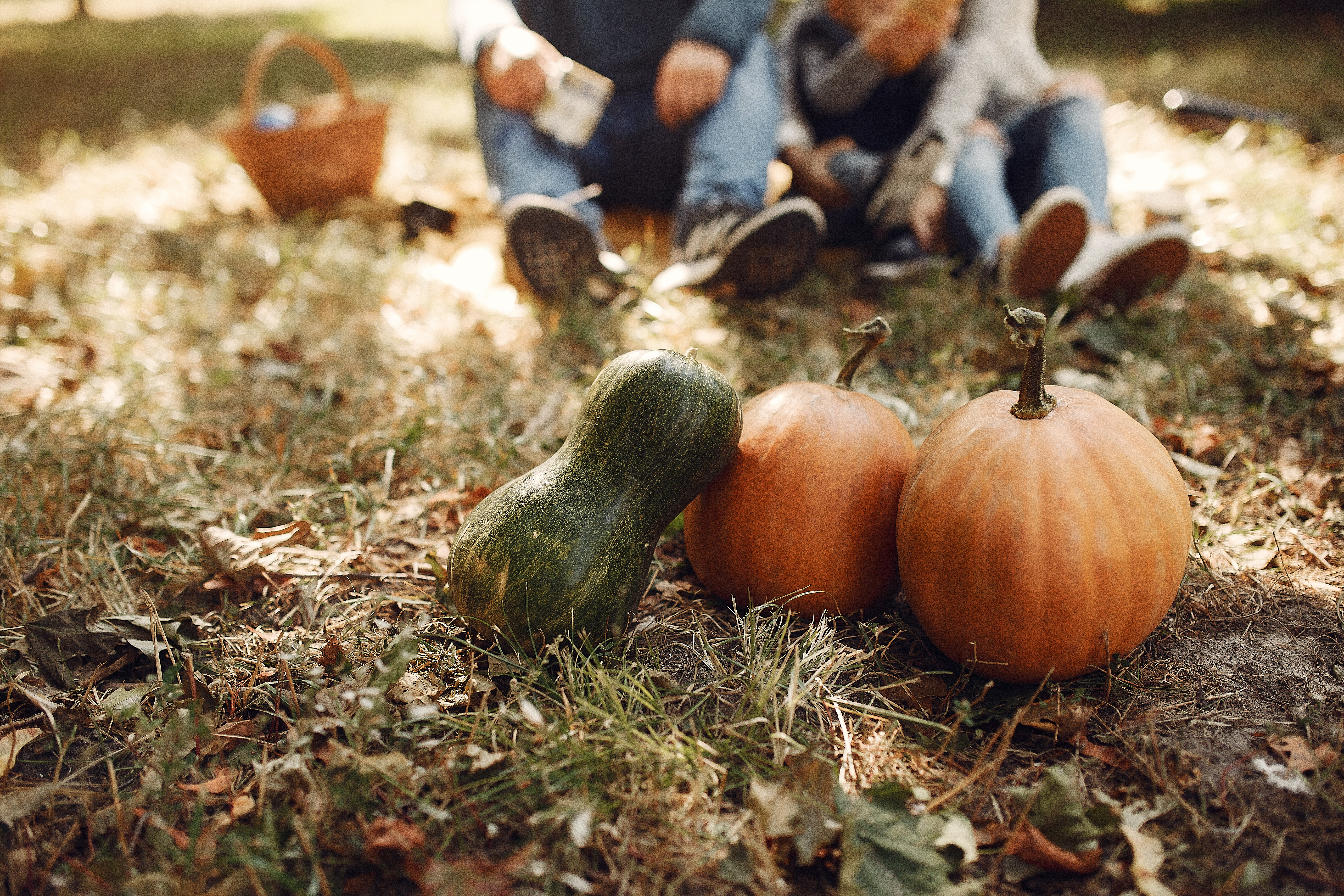
Cool Crops, Cozy Harvest
Oh, summer. How I love you. It’s mid-July, and the breeze here in the mountains feels like a warm hug. Most folks are busy harvesting courgettes the size of baguettes and, no doubt, cursing their once-again runaway mint. I’m standing in my garden with a fresh cup of (yes, mint) tea and a question: What do I want to eat in the fall? Because while summer is in full swing, this is actually the secret season to sow again....







